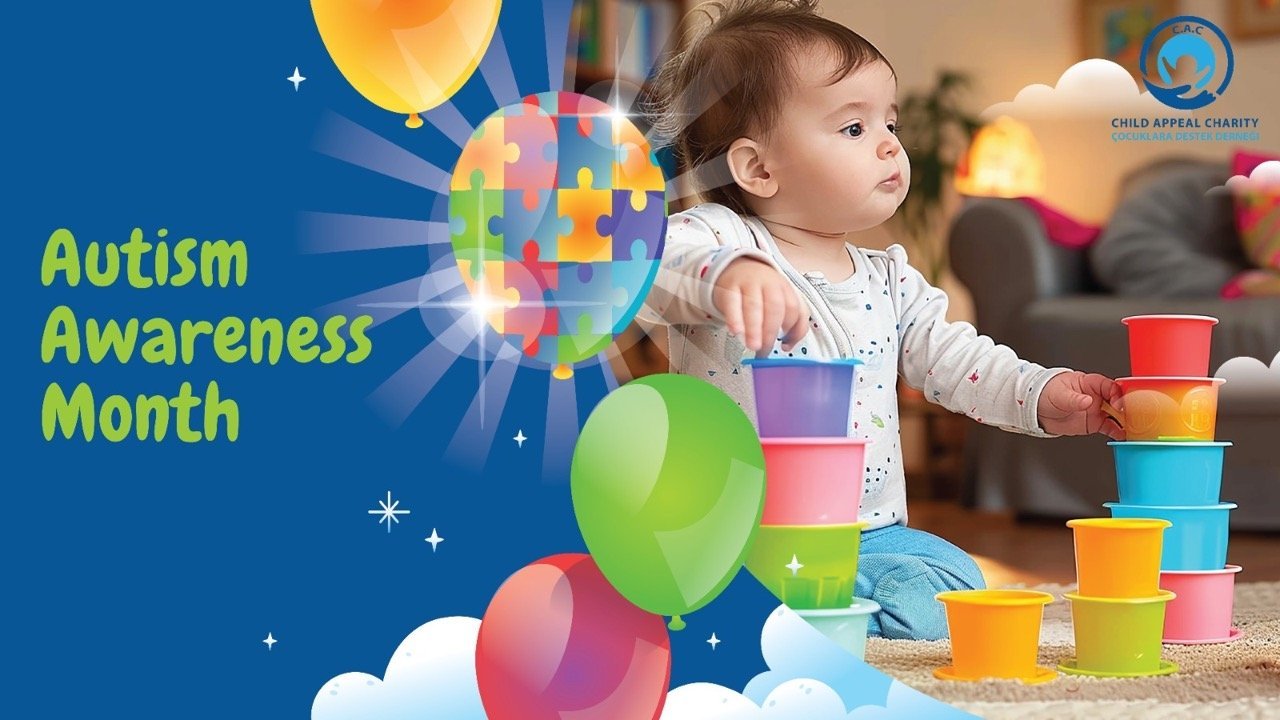Autism spectrum disorder (ASD) is a developmental neurological condition that affects how people communicate and interact with the world. It is characterized by a range of challenges in social interaction, communication, and behavior. People with ASD may have difficulty with: Social interaction: They may have trouble understanding social cues, such as facial expressions and body language. They may also have difficulty taking turns in conversation or understanding the nuances of humor. Communication: They may have difficulty expressing their thoughts and feelings verbally. They may also have difficulty understanding spoken language or reading nonverbal cues. Behavior: They may engage in repetitive behaviors, such as hand flapping or rocking. They may also have difficulty with sensory processing, which can make them sensitive to light, noise, or touch. ASD is a spectrum disorder, which means that it affects people in different ways. Some people with ASD have mild symptoms, while others have more severe symptoms. People with ASD may also have other developmental conditions, such as intellectual disability or epilepsy.
Prevalence of Autism Spectrum Disorder
ASD is more common than previously thought, affecting an estimated 1 in 54 children in the United States [1]. This means that approximately 5.4 million children in the US have ASD. Boys are four times more likely than girls to be diagnosed with ASD [1].
Common Myths About Autism Spectrum Disorder
There are many misconceptions about ASD, which can lead to stigma and discrimination. Some common myths include: Myth: People with ASD are not intelligent. Fact: People with ASD can have a wide range of intellectual abilities, including above-average intelligence. Some people with ASD have exceptional talents in areas such as math, music, or art. Myth: People with ASD are uninterested in others. Fact: People with ASD may have difficulty understanding social cues and interacting with others, but they do desire social connection. They may just need different ways to communicate and connect with others. Myth: People with ASD can’t learn or work. Fact: Many people with ASD can live independent and productive lives. With the right support, they can succeed in school, work, and relationships. Many people with ASD have found success in a variety of fields, including science, technology, and the arts. 
Creating a More Inclusive World for People with Autism Spectrum Disorder
We can all play a role in creating a more inclusive world for people with ASD. Here are a few things we can do: Educate ourselves about ASD. The more we know about ASD, the better we can understand and support people with the condition. There are many resources available online and in libraries. We can also talk to people with ASD and their families to learn more about their experiences. Use people-first language. Instead of saying “autistic person,” say “person with autism.” This simple change can help to shift the focus from the disability to the person. It is also important to avoid using offensive or outdated terms, such as “autistic” or “retarded.” Be patient and understanding. People with ASD may need more time or different approaches to communicate and interact with the world. It is important to be patient and understanding with them. We should also avoid making assumptions about their abilities or limitations. Embrace neurodiversity. Recognize that differences in brain function are a natural part of human diversity. Just as we value diversity in other areas, such as race, gender, and culture, we should also value neurodiversity. Together, we can create a world where everyone, regardless of their neurology, feels welcome, valued, and included. In addition to the information above, here are some additional resources on autism spectrum disorder: By sharing this article, you can help to raise awareness of autism spectrum disorder and promote inclusivity. References: [1] Centers for Disease Control and Prevention (CDC). (2020). Data & Statistics on Autism Spectrum Disorder. Retrieved from [2] Autism Speaks. (n.d.). Home Page. [3] The National Autistic Society. (n.d.). About Us. [4] The Autistic Self Advocacy Network. (n.d.). Mission & Values.



